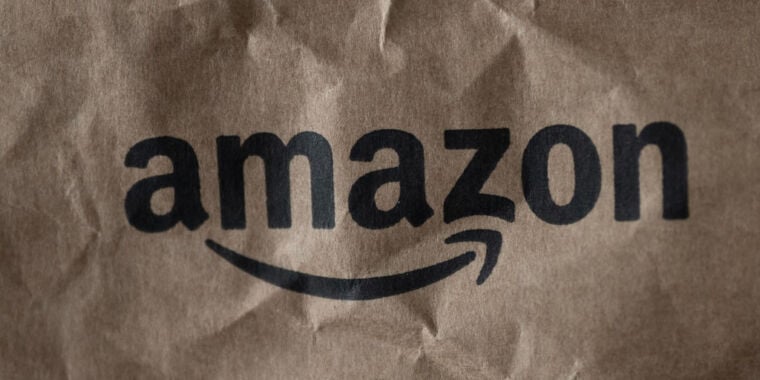Amazon failed to adequately alert more than 300,000 customers to serious risks—including death and electrocution—that US Consumer Product Safety Commission (CPSC) testing found with more than 400,000 products that third parties sold on its platform.
The CPSC unanimously voted to hold Amazon legally responsible for third-party sellers’ defective products. Now, Amazon must make a CPSC-approved plan to properly recall the dangerous products—including highly flammable children’s pajamas, faulty carbon monoxide detectors, and unsafe hair dryers that could cause electrocution—which the CPSC fears may still be widely used in homes across America.
While Amazon scrambles to devise a plan, the CPSC summarized the ongoing risks to consumers:
If the [products] remain in consumers’ possession, children will continue to wear sleepwear garments that could ignite and result in injury or death; consumers will unwittingly rely on defective [carbon monoxide] detectors that will never alert them to the presence of deadly carbon monoxide in their homes; and consumers will use the hair dryers they purchased, which lack immersion protection, in the bathroom near water, leaving them vulnerable to electrocution.
Instead of recalling the products, which were sold between 2018 and 2021, Amazon sent messages to customers that the CPSC said “downplayed the severity” of hazards.
In these messages—“despite conclusive testing that the products were hazardous” by the CPSC—Amazon only warned customers that the products “may fail” to meet federal safety standards and only “potentially” posed risks of “burn injuries to children,” “electric shock,” or “exposure to potentially dangerous levels of carbon monoxide.”
Typically, a distributor would be required to specifically use the word “recall” in the subject line of these kinds of messages, but Amazon dodged using that language entirely. Instead, Amazon opted to use much less alarming subject lines that said, “Attention: Important safety notice about your past Amazon order” or “Important safety notice about your past Amazon order.”
Amazon then left it up to customers to destroy products and explicitly discouraged them from making returns. The e-commerce giant also gave every affected customer a gift card without requiring proof of destruction or adequately providing public notice or informing customers of actual hazards, as can be required by law to ensure public safety.
Further, Amazon’s messages did not include photos of the defective products, as required by law, and provided no way for customers to respond. The commission found that Amazon “made no effort” to track how many items were destroyed or even do the minimum of monitoring the “number of messages that were opened.”



That’s not really the point I was going for. I’m not saying bad companies won’t make shit products. I’m just pointing out a lamp doesn’t require alot of effort for the UL to certify, so it can’t justify a 10x increase in cost. But they must be charging a ton or more companies would just get their products certified.
I don’t know where you’re getting the idea that UL certified goods are super expensive. UL is the bare minimum. I have a $10 UL certified lamp on my desk right now. Certifications like TUV and similar are the more expensive ones.
UL certification can mean different things, depending on the product and type of mark. It also isn’t that expensive to get UL listed as it isn’t like every single item you produce is tested. Each product you design is tested, but not each item you produce.
There are 3/4 types. UL listed, UL recognized, and UL classified. Certified is newer and more stringent.
As for pricing for UL listed, it can be just a few grand for a single product. Not much when you are selling thousands. I am sure Classified is even cheaper. I wonder how many of these cheap ass lamps say Classified.